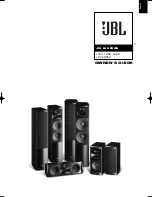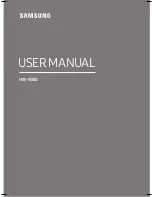
21
Poor Product Water Quality
With any product water quality issue, you must ensure accurate calibration if you are using a
salinity meter. For general quality evaluation, your taste is always good enough.
Membranes are not an exact science and two identical systems can have different product
quality. World health standards deem water of up to 1000 PPM of total dissolved solids ac-
ceptable for drinking consumption. We consider any thing below 750 PPM acceptable but
not ideal, and anything below 500 PPM excellent. Factors that could affect water quality are
addressed below.
LOW SYSTEM FLOW OR PRESSURE will equate to lower product quality (higher PPM). Aq-
uifer systems, which have a higher feed to output pressure ratio (See nominal pres-
sures under Flow Test), as well as a higher feed flow/membrane area ratio, will pro-
duce water in the 150
-
200 PPM range.
DAMAGE TO THE MEMBRANE by chlorine contamination. Flushing the system with chlo-
rinated water will irreparably damage the membrane. Charcoal filters are used to ab-
sorb any chlorine which might be present in flush water. They must be of proper
specification to be suitable. There is no test for chlorine damage except the process
of elimination of other causes.
DIRTY OR SCALED membranes. A dirty (foreign material), scaled (mineral deposits), or
contaminated (bacterial growth) membrane can result in poor water quality and ab-
normal operating pressures. If operating pressures are above normal, then cleaning is
indicated. If the system pressures are within operating normal range, cleaning may
have little result. Avoid cleaning as a diagnostic tool. Low water quality after storage
with propylene glycol can usually be remedied by extended flushing or an SC
-
2 clean-
ing.
MECHANICAL LEAKAGE within the membrane pressure vessel. This is an unlikely but pos-
sible cause of poor water quality with old style Codeline pressure vessels (white). The
Spectra pressure vessel has a double O
-
ring arrangement that includes a telltale hole
between them so that any salt water leaking past an O
-
ring will drip into the case and
not go into the product water.
If system flow (product plus brine) is 1.5 GPM or above, the membrane is clean, the product
flows are consistent with the system flow and the water quality is still not acceptable, then
replacement of the membrane is indicated.
















































